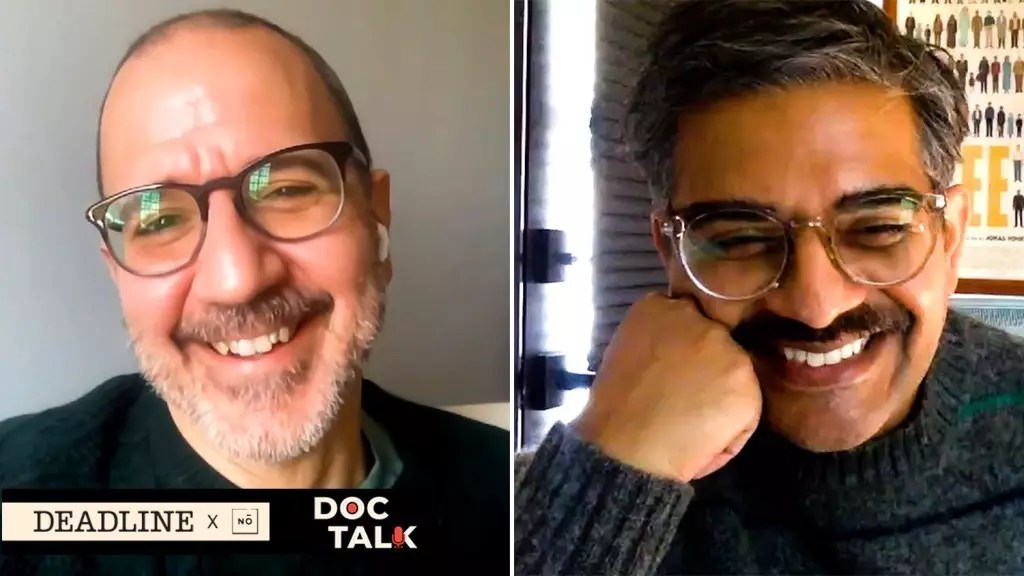As the Sundance Film Festival prepares to kick off in Park City, anticipation builds around an impressive lineup of documentary films. The festival sets the stage for a remarkable presentation of nonfiction narratives, with several world premieres slated for opening day. Among the highlights is “Sly Lives!,” the highly-anticipated piece from acclaimed director Ahmir “Questlove” Thompson, along with Mstyslav Chernov’s “2000 Meters to Andriivka.” These projects represent not only the artistic prowess of their creators but also the powerful themes that explore complex societal issues, highlighting the relevance of documentaries in today’s cinematic landscape.
Exploring Controversy and Mystery
Amidst this promising lineup, the filmmakers have stirred intrigue with an unexpected addition, “The Stringer,” directed by Bao Nguyen. Curiously surrounded by controversy, the film’s content remains undisclosed, creating a buzz among critics and audiences alike. The programmers of Sundance have revealed little information, except for a hint that connects the film to a photograph that significantly swayed public opinion during a pivotal moment in American history. This aura of mystery captivates potential viewers, illustrating how documentaries can provoke discussions even prior to their release. Such uncertainty surrounding its storyline raises questions about the ethical ramifications of representation in documentary filmmaking.
Shining a Light on Social Issues
Sundance 2025 also features works that tackle pressing social issues head-on. One standout is “The Perfect Neighbor,” directed by Geeta Gandbhir, which tackles an unsettling event in Ocala, Florida, where a white resident fatally shot her Black neighbor. This documentary employs police body cam footage, offering a raw perspective on the incident while holding a mirror to contemporary racial tensions in America. Such films not only provide a platform for marginalized voices but also engage audiences in critical conversations around race relations in the United States, emphasizing the need for accountability and change.
Equally compelling is “Predators” by David Osit, which delves into the legacy of the controversial series “To Catch a Predator.” This documentary examines how media represented perpetrators and victims within the realm of crime and the consequences that followed. By analyzing the show’s rise and dissolution, Osit’s film highlights the complex nature of crime storytelling and how it affects public perception. It begs the question of whether sensationalism overshadows the nuanced truths that lie behind such narratives.
Another noteworthy project is “Deaf President Now!,” a collaboration between filmmaker Davis Guggenheim and Nyle DiMarco. This documentary encapsulates a significant moment in advocacy for the deaf community at Gallaudet University, showcasing the student-led protests that demanded inclusion and representation. By focusing on past demonstrations, the film champions the ongoing fight for equality, amplifying the voices of those who were often overlooked.
As the festival approaches, the pieces featured promise to not only entertain but also provoke thought and inspire action. The Sundance Film Festival continues its legacy as a launchpad for impactful storytelling in the documentary space that shines a light on the stories that demand our attention.


Leave a Reply